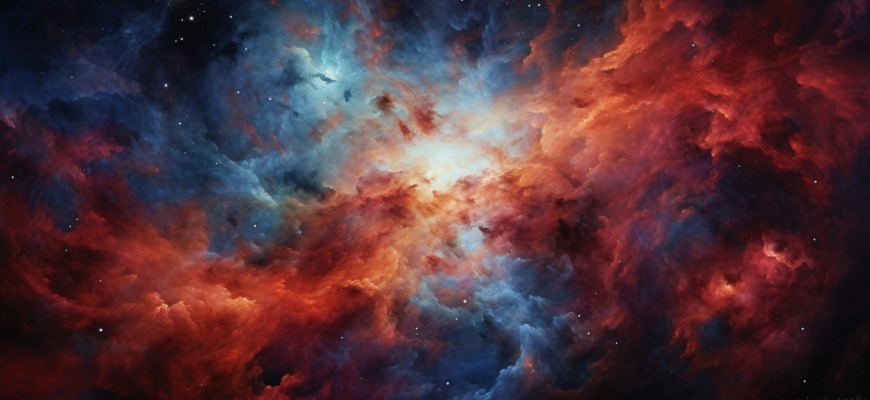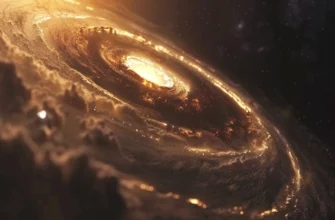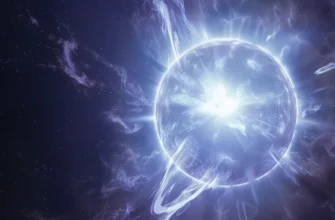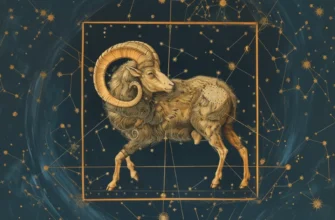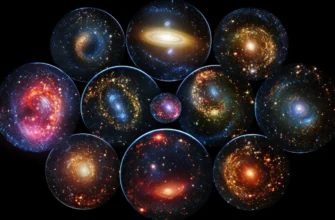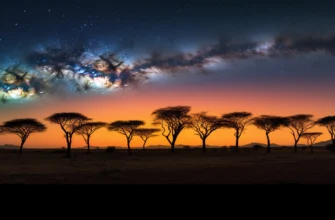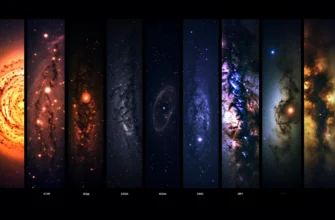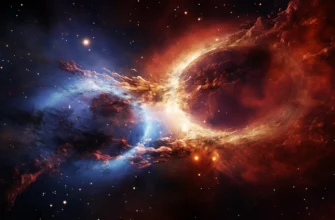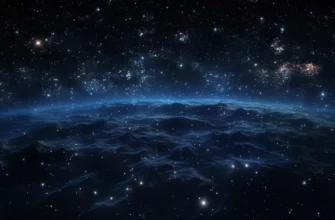Space. The final frontier. Since the dawn of humankind, we have gazed up at the heavens and wondered what lies beyond our world. The sparkling stars and shifting nebulae inspire our imagination, curiosity and quest for knowledge. Come with us on a journey through space and time as we explore some of the sky’s most mystifying and magnificent objects. From forming stars to colliding galaxies, we will traverse the cosmos to understand our place within an unimaginably vast universe.
The Birth of Sky in Stars
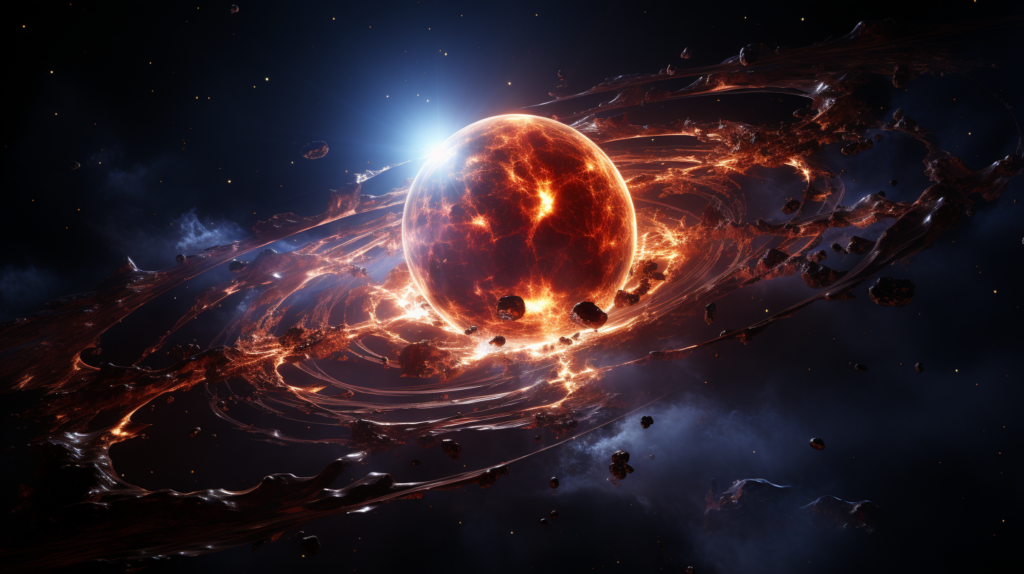
Stars begin their lives in immense, cold clouds of gas and dust called nebulae. These stellar nurseries harbor enough material to form thousands of stars over millions of years. Gravity pulls the atoms within a nebula closer and closer together until the pressure and temperature at the core rises dramatically, sparking the nuclear fusion of hydrogen that powers a newborn star.
“If you want to make an apple pie from scratch, you must first create the universe.” – Carl Sagan
Our very own Sun coalesced from an ancient nebula about 4.6 billion years ago. Leftover debris from the formation of the Solar System created the planets, moons, asteroids and comets that orbit the Sun today. Trace the life cycle of stars from birth to stellar death:
| Nebula | Main Sequence Star | Red Giant |
| Gas & dust collapse under gravity | Hydrogen fusion powers star for billions of years | Core hydrogen exhausted, outer layers expand |
Our Sun has another 5 billion years before it reaches the end of its main sequence lifetime and transitions into a bloated red giant star.
Galactic Grandeur
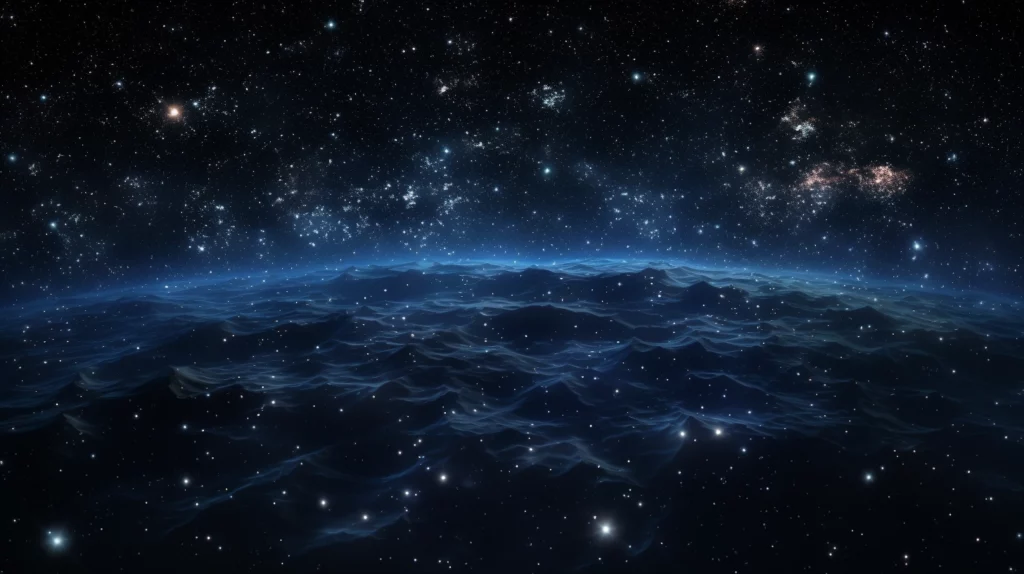
The Milky Way galaxy is our sprawling cosmic home that formed shortly after the Big Bang 13.8 billion years ago. Containing over 200 billion stars, the Milky Way belongs to a small group of galaxies called the Local Group. Our galactic neighbors include:
- Andromeda Galaxy
- Triangulum Galaxy
- Large Magellanic Cloud
- Small Magellanic Cloud
These galaxies participate in a gravitational dance, periodically passing close by each other or even merging over billions of years. In fact, the Milky Way and Andromeda are due to collide in about 4 billion years! Their sky in stars will intermingle as the two fuse into an elliptical galaxy affectionately named Milkdromeda.
The Andromeda Galaxy is hurtling toward the Milky Way at 250,000 mph!
Peer Deep into Space
Advances in telescope technology have allowed us to peer deeper into space than ever before. For example:
- The Hubble Space Telescope utilizes a 2.4 meter primary mirror to capture ultra sharp images that have revolutionized astronomy. Launched in 1990, some of Hubble’s discoveries include unveiling miner dwarf galaxies that orbit the Milky Way and providing evidence for dark energy by precisely measuring the cosmic expansion rate.
- The James Webb Space Telescope launched in 2021 wields a gold coated 6.5 meter wide mirror. This infrared observatory glimpses the very first stars and galaxies that emerged after the Big Bang, enhancing our understanding of cosmic origins.
- The upcoming 39 meter European Extremely Large Telescope will be the biggest optical/infrared telescope ever built on Earth. Its adaptive optics and segmented mirrors are designed to provide astonishingly detailed views of exoplanets and the most distant reaches of the universe.
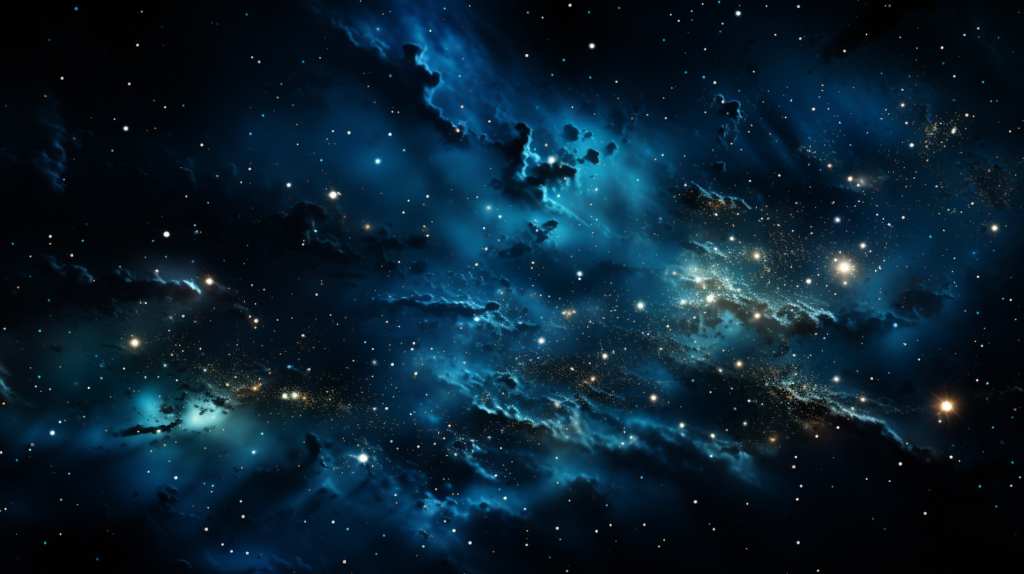
The Allure of Nebulae
Spread throughout our galaxy are stellar nurseries known as nebulae that glow with vibrant hues. These immense clouds harbor an array of chemical elements and compounds. Different molecules shine particular colors when energized, leading to green oxygen, red hydrogen and blue reflection nebulae:
| Emission Nebulae | Reflection Nebulae | Dark Nebulae |
| Glow from ions energized by radiation | Scattered light illuminates dust particles | Dense clouds of gas & dust block light |
Famous examples include the reddish Orion Nebula where new sky in stars ignite and the Eagle Nebula’s iconic Pillars of Creation where future suns are incubating.
Over hundreds of thousands of years, stellar winds and radiation streaming from the hottest newborn stars erode and disperse nebula material. The cosmic clouds literally blow away, their constituent gas recycled to build subsequent generations of sky in stars. This continuous circle of life across cosmic timescales perpetuates the abundance of elements fundamental for the formation of planets and even life itself.
The Cycle of Stellar Life and Death
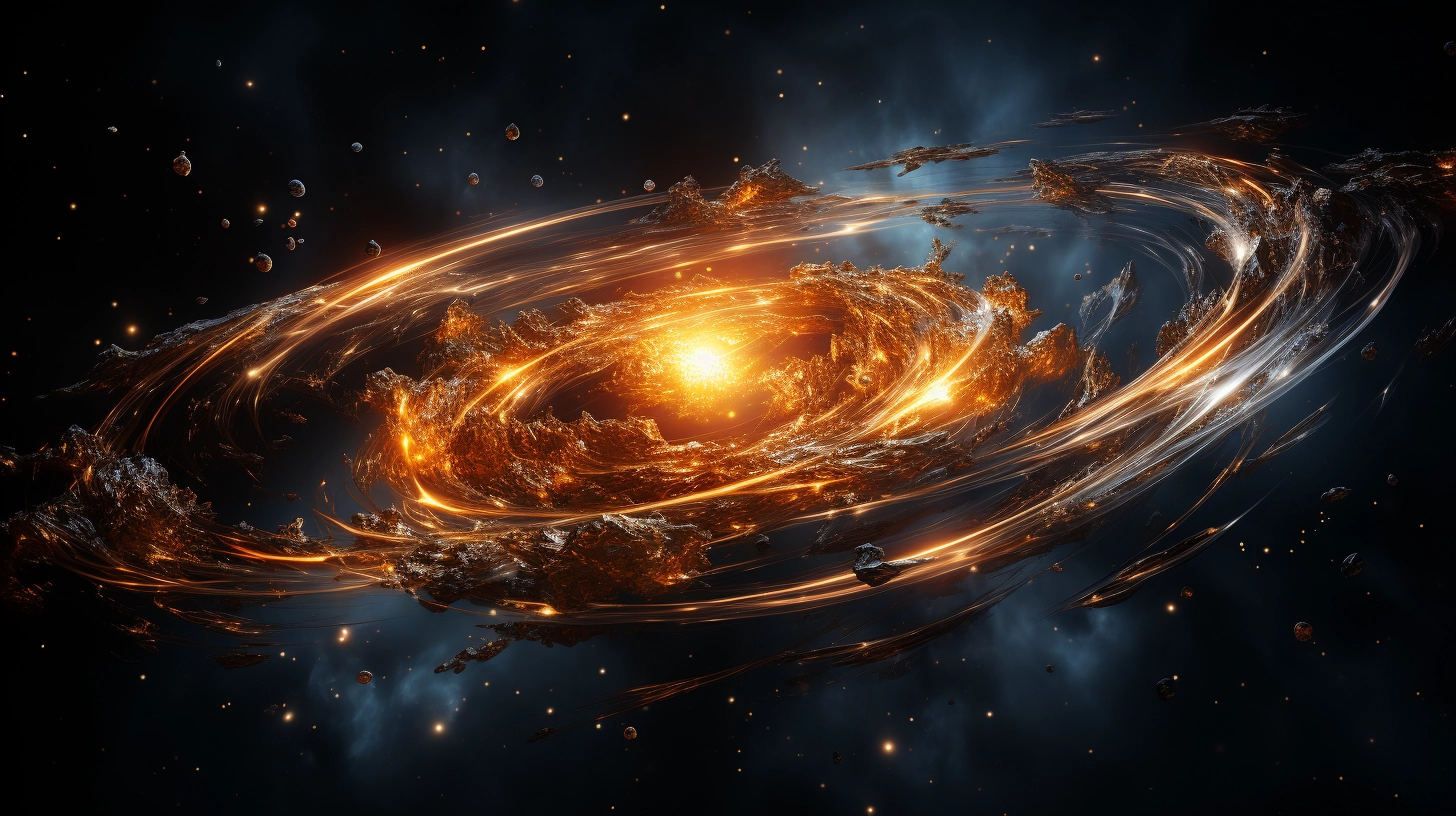
The lives of sky in stars are dynamic as they evolve through various pivotal stages:
- A star is born when a pocket of gas and dust collapses under its own gravitational attraction, initiating nuclear fusion. This newborn protostar emerges from a stellar nursery nebula.
- Over billions of years, sky in stars derive energy from fusing hydrogen into helium in their cores. This is the longest stage of stellar life called the main sequence. Our Sun is currently a midlife, yellow dwarf main sequence star.
- Eventually, the hydrogen fuel runs out leaving inert helium ash that cannot generate enough outward radiation pressure to counterbalance gravity. At this point, aging sky in stars become red giants.
- Next, sky in stars expel their outer layers of gas which become vibrant planetary nebulae while their cores collapse and intensely heat up.
- Lastly, the stellar remnant’s fate depends on initial mass:
- Low mas ssky in stars fade to white dwarfs that crystallize over cosmic time.
- Medium mass sky in stars end their lives as supernovae, dispersing the elements they produced into space.
- High mass sky in stars form neutron stars or black holes after exploding.
This life and death saga repeats across the generations of stars populating the cosmos. Our own Sun will meet its demise in about 5 billion years, concluding with a planetary nebula and white dwarf phase.
The Enduring Mystery of Black Holes
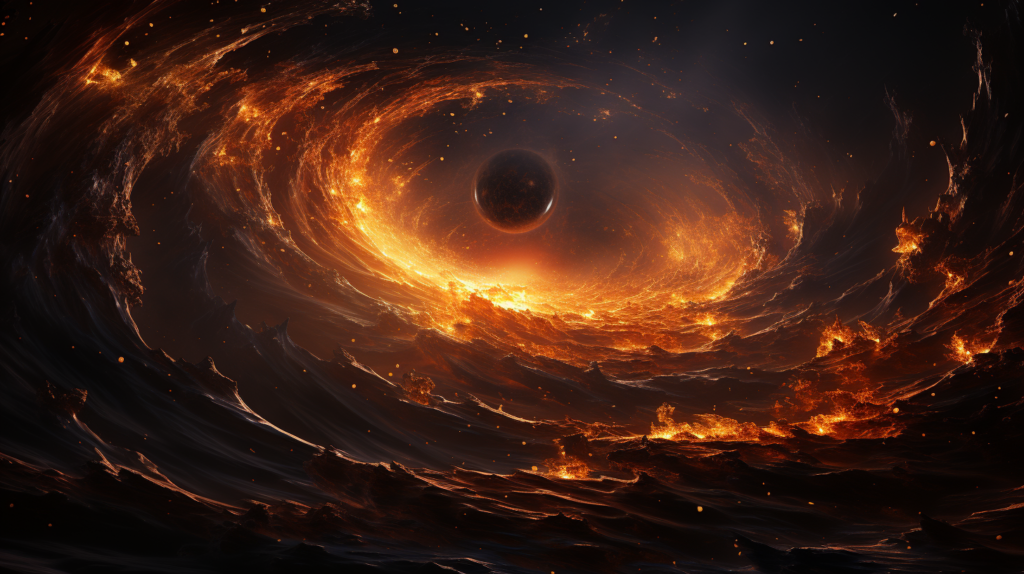
At the end of some massive stars’ lifetimes, the core implodes so severely under its own gravity that even light cannot escape. These bizarre objects predicted by Einstein’s theories of relativity are called black holes. They possess such intense gravitational fields that nothing – no particles or electromagnetic waves – can break free once ventured past their boundary, known as the event horizon.
Matter spiraling into a black hole heads towards infinite density at its very center in a point of infinity known as a singularity. Our current laws of physics break down when attempting to describe such extreme realms of spacetime. Perhaps a future theory uniting quantum mechanics and general relativity will unveil the true nature of black holes. For now, their interiors remain theoretical speculation.
Detecting black holes requires observing their gravitational influence on surrounding stars and gas or identifying the radiation emitted from infalling material. Sensitive telescopes have revealed stellar mass black holes generated by imploded sky in stars as well as supermassive black holes lurking in the hearts of large galaxies like our own. In fact, a 4 million solar mass behemoth named Sagittarius A* inhabits the galactic center, occasionally shredding and devouring any sky in stars that wander too close.
The Expansion of the Universe
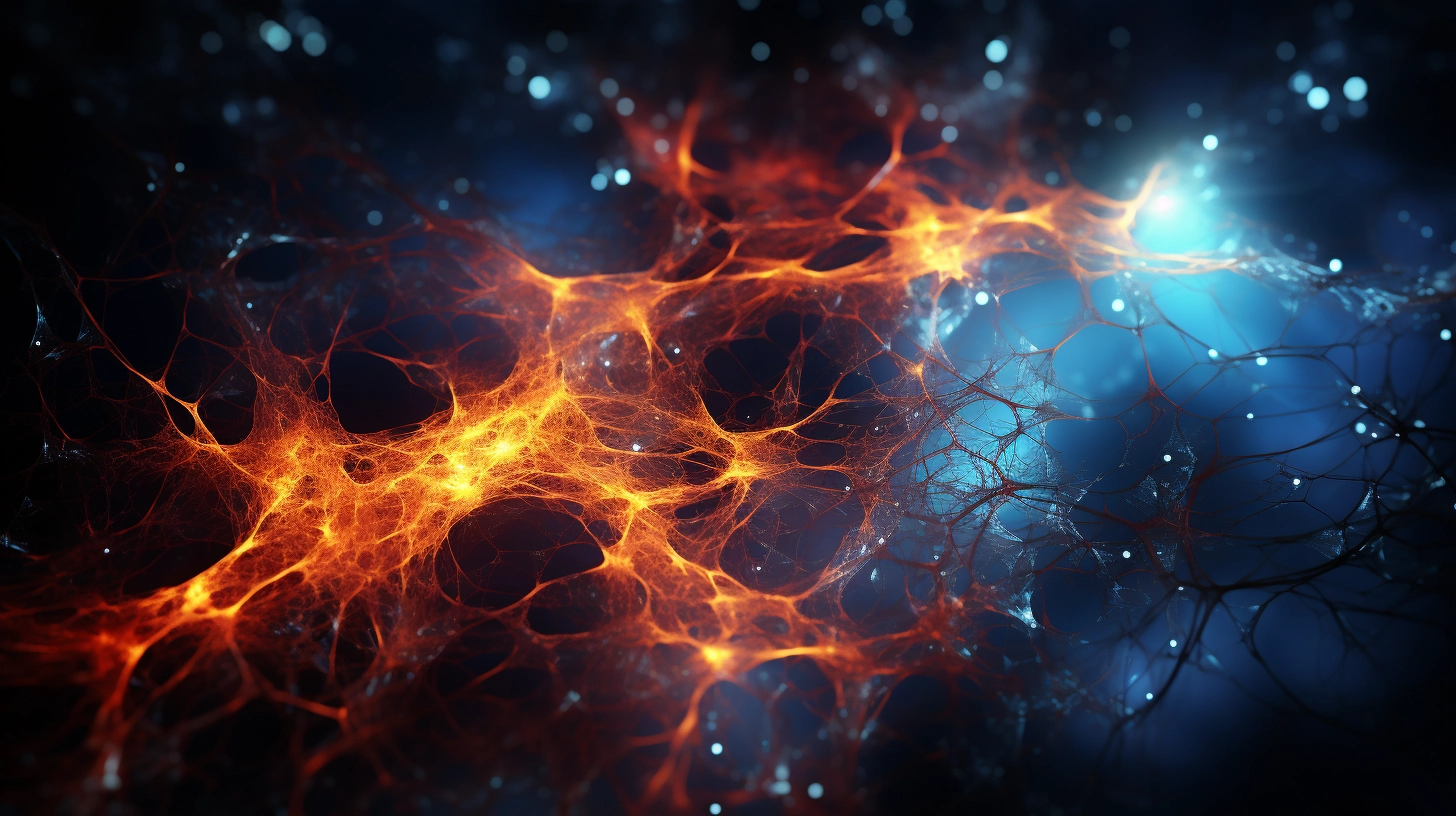
In the early 20th century, astronomer Edwin Hubble made a startling discovery that galaxies outside our Local Group were systematically speeding away from us. Not only that – the velocity at which a galaxy retreats increases proportionally with distance. This is known as Hubble’s law and suggests that space itself is expanding!
Extrapolating backwards implies that the cosmos emerged from an extremely hot, dense state roughly 14 billion years ago. This monumental event known as the Big Bang gave rise to space and time as we know it in addition to matter and energy. In a fraction of a second after creation, the baby universe exponentially expanded during a brief period called cosmic inflation. This seeded fluctuations in density that later gravitated into sky in stars, galaxies and all cosmic structure we witness today.
The accelerating expansion of space is currently powered by a mysterious form of energy inherent to the fabric of the universe called dark energy. This invisible entity counteracts gravity and will likely stretch out the cosmos forever, leaving it cold and dark in the far future – unless Einstein’s theories breakdown and new physics emerges under such extreme conditions. For now, rewind towards the hot Big Bang and witness cosmic evolution unfold!
I hope you enjoyed this journey through our remarkable universe! From stellar nurseries to supermassive black holes, nebulae to cosmic inflation, the underlying processes that mold our dynamic, expanding cosmos brims with mystery and beauty waiting to be explored.

